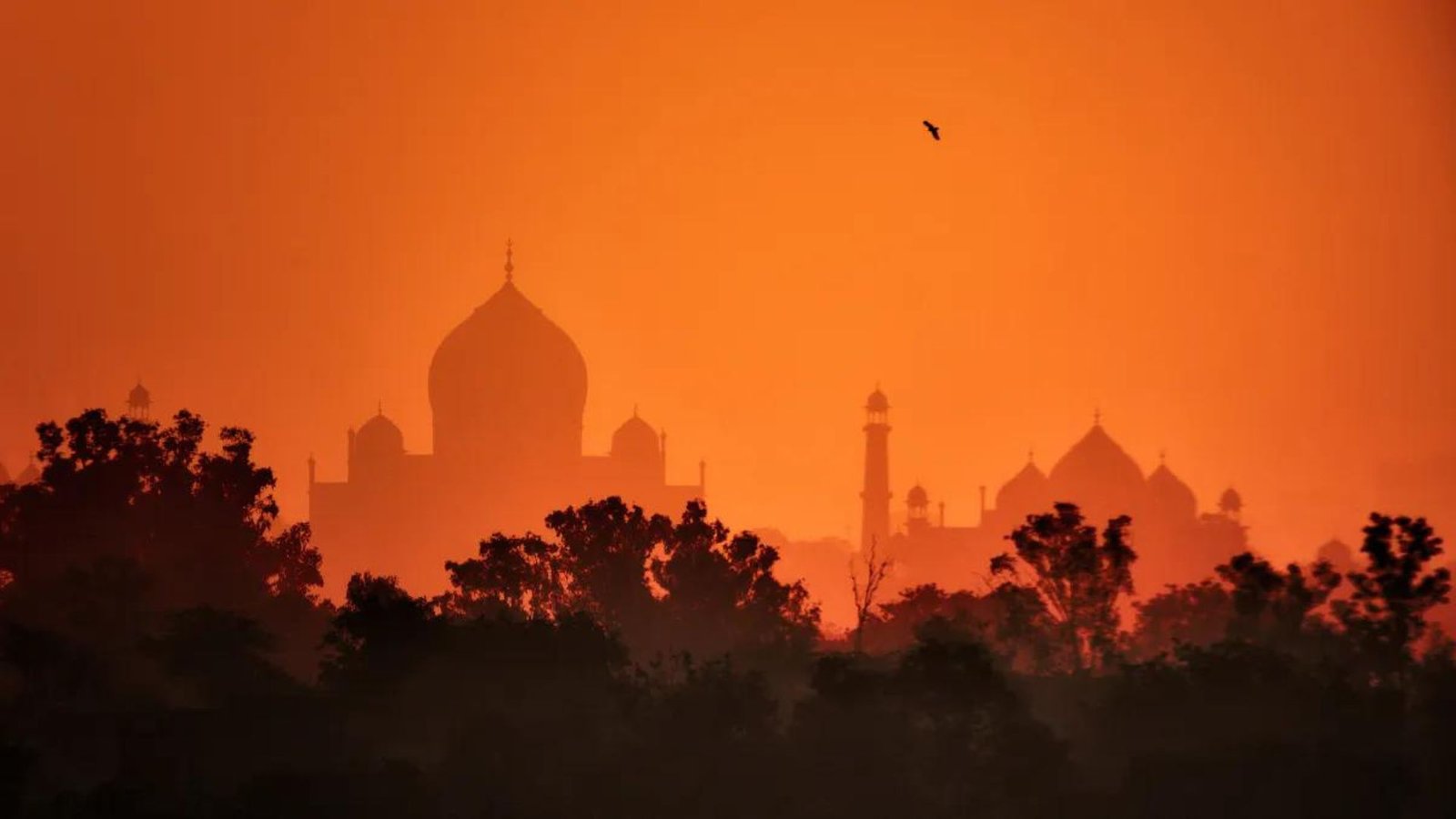Regional Cinema in India: Beyond Bollywood
India’s film industry is often synonymous with Bollywood, the Hindi-language film sector based in Mumbai. However, beyond Bollywood lies a vibrant and diverse world of regional cinema, each with its own unique cultural identity and storytelling style. From the lush landscapes of Kerala to the bustling streets of Kolkata, regional cinema in India offers a rich tapestry of narratives that reflect the country’s diverse heritage.

The Diversity of Regional Cinema
Firstly, it’s essential to understand the sheer diversity of regional cinema in India. Each state has its own film industry, producing movies in languages such as Tamil, Telugu, Malayalam, Kannada, Bengali, Marathi, and more. These industries not only cater to their local audiences but also have a growing fanbase across the country and globally.
Tamil Cinema: The Powerhouse of Innovation
Tamil cinema, also known as Kollywood, is renowned for its innovative storytelling and high production values. Directors like Mani Ratnam and Shankar have brought Tamil films to international acclaim. Movies such as “Roja,” “Baahubali,” and “Enthiran” have set new benchmarks for Indian cinema.
Telugu Cinema: The Rise of Tollywood
Tollywood, the Telugu film industry, has gained immense popularity in recent years. With blockbuster hits like “Baahubali” and “RRR,” Telugu cinema has showcased its ability to produce epic tales with grandiose visuals. Actors like Prabhas and Mahesh Babu have become household names beyond their regional boundaries.
The Richness of Cultural Narratives
Moreover, regional cinema often delves deeply into local culture, traditions, and social issues, providing a more nuanced portrayal of Indian life. For instance, Malayalam cinema is known for its realistic and socially relevant themes. Directors like Adoor Gopalakrishnan and films like “Drishyam” have received critical acclaim for their compelling narratives.
Bengali Cinema: A Legacy of Artistic Excellence
Bengali cinema, or Tollywood (different from the Telugu industry), has a rich history of artistic excellence. Satyajit Ray, one of India’s most revered filmmakers, hailed from this region. His films like “Pather Panchali” and “Charulata” are considered masterpieces of world cinema, known for their profound humanism and lyrical beauty.
Marathi Cinema: Embracing Realism
Marathi cinema has also made significant contributions with its focus on realistic and thought-provoking content. Films like “Sairat” and “Court” have not only won national awards but also resonated with audiences for their authentic storytelling and strong social messages.
The Influence of Regional Cinema on Bollywood
Interestingly, the influence of regional cinema on Bollywood is increasingly evident. Many Bollywood films are remakes of successful regional movies, and several actors and directors have transitioned between these industries. This cross-pollination enriches the Indian film industry as a whole, blending diverse styles and narratives.
Successful Remakes and Adaptations
Bollywood has adapted numerous regional hits, such as “Ghajini” (originally Tamil) and “Drishyam” (originally Malayalam). These remakes often bring regional stories to a wider audience, bridging the gap between different linguistic and cultural groups in India.
Talent Exchange
Many actors and directors who started in regional cinema have made successful transitions to Bollywood. For instance, actors like Rajinikanth and Kamal Haasan from Tamil cinema and Priyanka Chopra from Hindi cinema have worked in multiple languages, showcasing their versatility and broad appeal.
Challenges and Opportunities
Despite its vibrancy, regional cinema faces several challenges, including limited distribution and budget constraints. However, the rise of digital streaming platforms has opened new opportunities for regional films to reach global audiences. Platforms like Netflix, Amazon Prime, and Hotstar have curated regional film collections, making these movies accessible to a broader audience.
Digital Platforms: A Boon for Regional Films
Streaming platforms have revolutionized the way audiences consume films, breaking geographical and linguistic barriers. Regional films that once had limited theatrical releases can now find viewers worldwide, leading to increased recognition and appreciation for these diverse narratives.
Government Support and Initiatives
Government initiatives and film festivals also play a crucial role in promoting regional cinema. The National Film Awards and various state awards recognize excellence in regional filmmaking, encouraging filmmakers to continue producing high-quality content.
Conclusion
In conclusion, regional cinema in India offers a rich and diverse cinematic experience that goes beyond the glitz and glamour of Bollywood. With its unique cultural narratives, innovative storytelling, and growing influence, regional cinema continues to enrich the Indian film industry. As digital platforms and global audiences embrace these films, the future of regional cinema looks brighter than ever.


